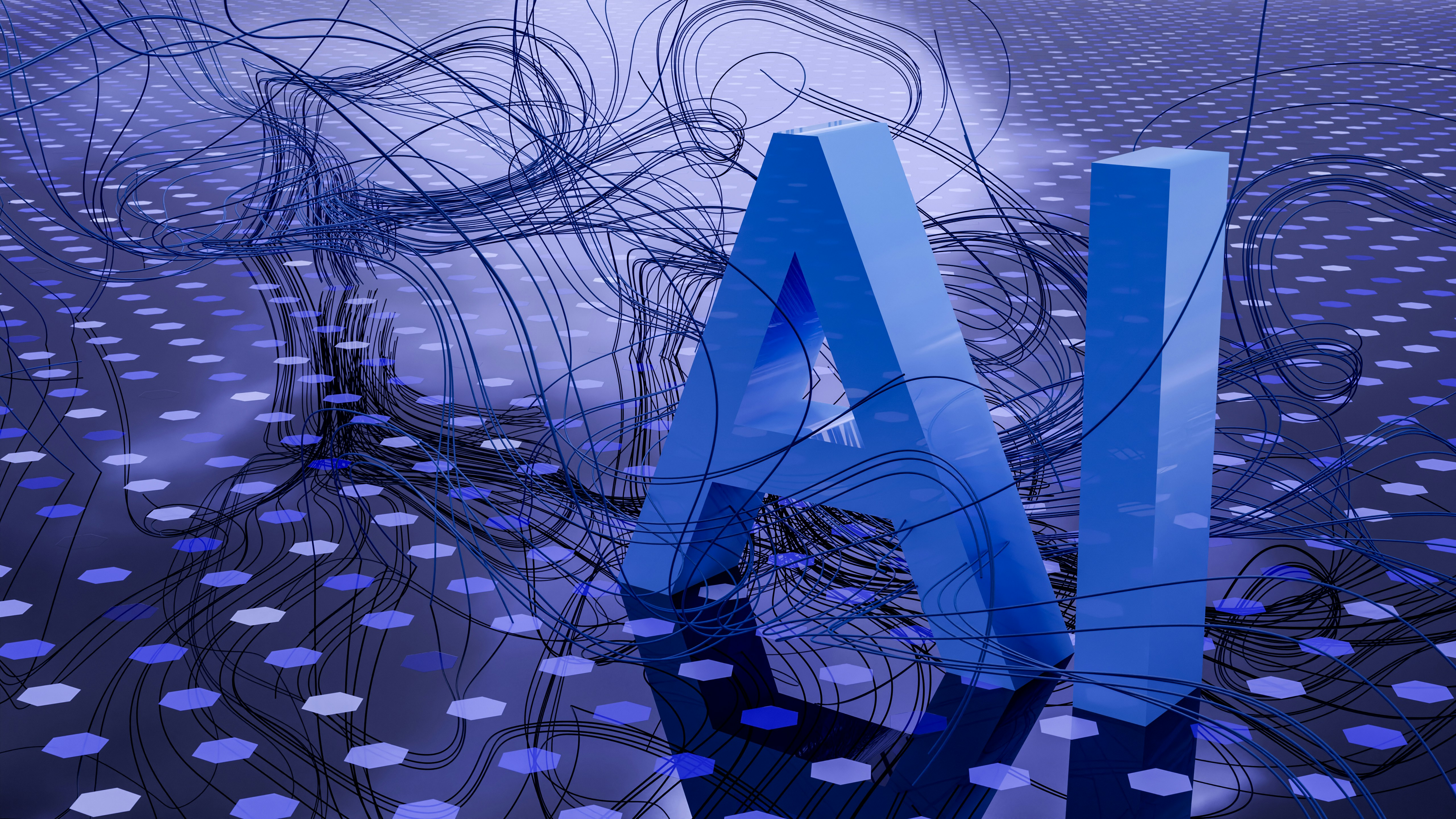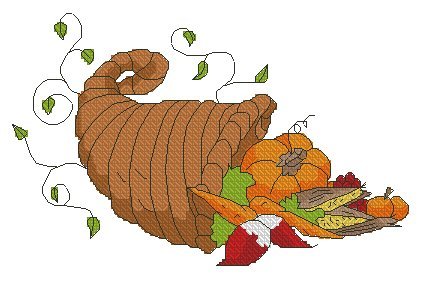Introduction to AI Image Generation
Artificial intelligence is profoundly transforming the landscape of visual content creation, and at the forefront of this revolution is the emergence of AI image generation tools. These innovative technologies leverage advanced algorithms and machine learning techniques to create high-quality images that meet the demands of modern content creators. As industries increasingly rely on engaging visual material to enhance communication and marketing strategies, the significance of such tools has never been more pivotal.
The rise of AI image generation aligns with the growing need for high-resolution visuals in various applications, from advertising to social media and even tech SaaS blogs. Traditional methods of image creation often require extensive resources, including time, skill, and financial investment. In contrast, AI-driven tools offer an efficient solution by automating the design process, allowing creators to focus on their core message and strategy.
Furthermore, the demand for visually compelling content continues to soar, driven by consumer preferences for rich images and graphics over text. Consequently, marketers and content creators are increasingly exploring affiliate marketing strategies that involve AI-generated visuals to elevate their campaigns. By utilizing high cpm content, they can achieve better engagement rates and conversion metrics, thus amplifying their reach and effectiveness.
Throughout this post, we will delve into the top 10 AI image generation tools poised to empower creators in 2025. Readers can expect to gain insights into how these tools can streamline their workflow, enhance creativity, and adapt to the evolving needs of the digital landscape. Embracing AI in visual projects not only fosters innovation but also plays a critical role in maintaining competitive advantage across various sectors. The integration of such technologies is not just beneficial; it is essential for those aiming to succeed in the rapidly changing world of content creation.
Criteria for Choosing the Best AI Image Generation Tools
In the realm of AI image generation, selecting the most appropriate tool can significantly enhance your visual content strategy, particularly for those engaged in affiliate marketing or managing a tech SaaS blog. Numerous options exist, and the right choice hinges on several critical factors.
First and foremost, ease of use should be a primary consideration. An intuitive interface enables users with varying levels of technical expertise to navigate the tool effectively. A user-friendly platform fosters creativity without the frustration often associated with complex software. Ensuring that a tool includes guided tutorials or customer support can also facilitate a smoother learning curve.
The quality of generated images is another essential criterion. High-resolution outputs and the ability to produce visually appealing images are crucial for maintaining aesthetic standards in any content strategy. Tools that utilize advanced algorithms to render lifelike images or unique artistic styles can provide a competitive edge in visual storytelling.
Customization options should not be overlooked. The best AI image generation tools allow users to tailor outputs to fit specific branding requirements or target audience preferences. Features that support various styles, themes, or templates can enhance the tool’s versatility, making it more adaptable for different contexts—key for those in affiliate marketing.
Pricing models are also a significant factor. Some tools operate on a subscription basis while others may offer pay-per-use options. Evaluating cost-effectiveness concerning the features provided ensures users are making a smart financial commitment, especially for businesses looking to maximize their return on investment.
Lastly, integration capabilities with existing software and workflows can greatly improve productivity. Tools that seamlessly connect with design software, content management systems, and other platforms are advantageous for users looking to enhance their workflow efficiency.
By considering these criteria, users will be better equipped to choose AI image generation tools that fulfill their specific needs and elevate their creative endeavors.
The Top 10 AI Image Generation Tools for 2025
As we approach 2025, the landscape of AI image generation is rapidly evolving. For anyone involved in affiliate marketing or those running a tech SaaS blog, leveraging these tools can significantly enhance visual content engagement. Here are the top ten AI image generation tools anticipated to transform the market.
1. DALL-E 3: Building on its predecessor’s capabilities, DALL-E 3 offers more sophisticated image creation from textual input. Its interactive features include style options that allow users to tailor images to specific branding needs, an invaluable asset for marketers.
2. Midjourney: Known for its artistic flair, Midjourney utilizes advanced machine learning to create visually stunning images. Its integration into various platforms makes it a versatile choice for visual content creators.
3. Runway ML: Aimed at creative professionals, Runway ML combines real-time collaboration features with an intuitive interface. This tool is particularly beneficial for agencies engaged in high-volume visual content production.
4. Artbreeder: Artbreeder employs a unique approach by allowing users to blend images and create variations using generative adversarial networks (GANs). This tool is highly useful for product design teams looking to iterate rapidly.
5. DeepArt: With its style transfer capabilities, DeepArt allows users to apply various artistic styles to their photos. This is essential for brands that wish to maintain a visually stunning aesthetic across platforms.
6. NightCafe Studio: This tool excels in creative design with numerous rendering styles. It’s particularly beneficial for social media marketers wanting innovative visuals.
7. Deep Dream Generator: A favorite among artists, this tool allows exploration of neural networks to create dream-like images, enhancing creativity within project campaigns.
8. DeepAI Image Generator: This versatile tool is simple to use and offers varied options for image creation, making it suitable for those new to AI image generation.
9. Pixray: Pixray focuses on converting text into images with high fidelity, employing advanced algorithms that take user preferences into consideration, vital for targeted content creation.
10. GANPaint Studio: This tool enables users to modify images using AI directly, making it particularly beneficial for those who need quick adjustments to their visual assets.
Each of these tools provides unique strengths that cater to diverse needs in the realm of visual content creation, particularly within the affiliate marketing sector. For those interested in leveraging these tools, check the embedded affiliate links for further exploration and purchasing options.
Future Trends in AI Image Generation
The landscape of AI image generation is continuously evolving, driven by remarkable advancements in deep learning and neural networks. With machine learning models becoming increasingly sophisticated, we can anticipate a surge in the quality and realism of generated images. This progression is expected to culminate in tools capable of producing hyper-realistic visuals that are practically indistinguishable from photographs, significantly impacting industries such as marketing, entertainment, and design.
Moreover, the rise of user-generated content combined with AI will transform how visuals are created and shared. Platforms that support user collaboration will flourish, as creators leverage advanced AI tools to enhance their projects while contributing original concepts and ideas. This grassroots approach is likely to democratize content creation, enabling even those with limited technical skills to generate impressive visuals for their personal or commercial use. Consequently, such a shift could lead to higher engagement rates and improved performance in affiliate marketing, where high CPM rates become increasingly attainable through compelling visual content.
Alongside technological advancements, ethical considerations regarding AI-generated visuals will also gain prominence. The potential for misuse in generating misleading images raises questions about accountability and trust within digital content. As these technologies become more ubiquitous, both creators and consumers must navigate the challenges of authenticity and ownership in AI imagery meticulously. Industry leaders will need to establish clear guidelines that encourage responsible use while fostering innovation.
In conclusion, the future of AI image generation promises to be a vibrant convergence of technology and creativity. As we progress towards 2025, embracing these advancements will be essential for businesses and creators alike. Staying informed about emerging trends—such as ethical practices and user-generated approaches—will empower stakeholders to harness the full potential of AI in enhancing visual content, enabling them to remain competitive in a rapidly changing digital landscape.



